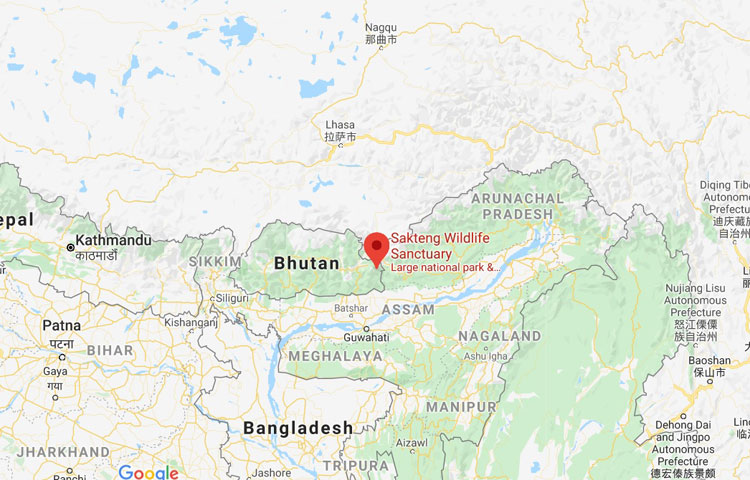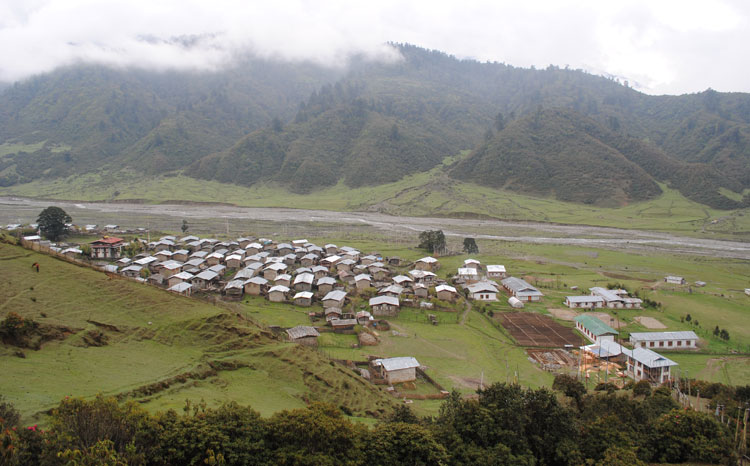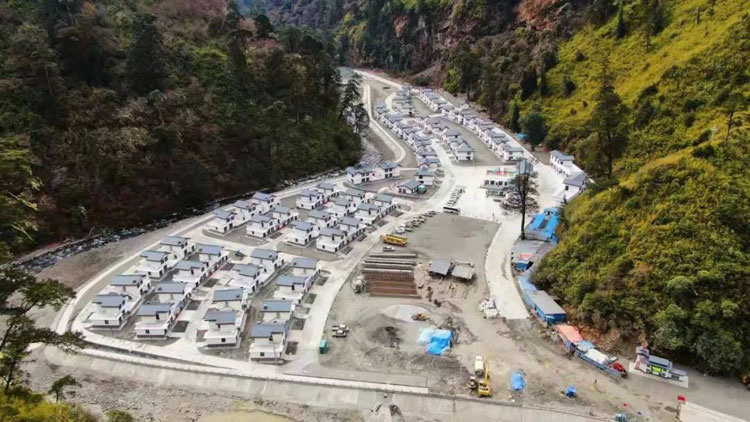INDIAN ARMED FORCES CHIEFS ON OUR RELENTLESS AND FOCUSED PUBLISHING EFFORTS

The insightful articles, inspiring narrations and analytical perspectives presented by the Editorial Team, establish an alluring connect with the reader. My compliments and best wishes to SP Guide Publications.

"Over the past 60 years, the growth of SP Guide Publications has mirrored the rising stature of Indian Navy. Its well-researched and informative magazines on Defence and Aerospace sector have served to shape an educated opinion of our military personnel, policy makers and the public alike. I wish SP's Publication team continued success, fair winds and following seas in all future endeavour!"

Since, its inception in 1964, SP Guide Publications has consistently demonstrated commitment to high-quality journalism in the aerospace and defence sectors, earning a well-deserved reputation as Asia's largest media house in this domain. I wish SP Guide Publications continued success in its pursuit of excellence.
- Operation Sindoor: Resolute yet Restrained
- India’s Operation Sindoor Sends a Clear Message to Terror and the World – ‘ZERO TOLERANCE’
- Japan and India set forth a defence cooperation consultancy framework, talks on tank and jet engines
- Terrorist Attack in Pahalgam in Kashmir: Unfolding a long surgical war against PAK
- Lt General Pratik Sharma takes over Command of Indian Army's Northern Command
Bhutan’s Summer of 2021
Over the years China has occupied a large swath of territory in Western Bhutan through salami slicing
 |
The Author is Former Director General of Information Systems and A Special Forces Veteran, Indian Army |

As China reneged from its promise of complete disengagement from the standoff in Eastern Ladakh, PLA has made permanent structures in the encroached areas. Moreover, the flurry with which China is deploying new weaponry indicates it may be planning more mischief in the summer with snows melting and India battling the pandemic.
China recently deployed the HQ-17A field air defence missile system and the new PHL-11 122mm caliber self-propelled long-range multiple rocket launcher system (MLRS) opposite Eastern Ladakh, in addition to new armoured assault vehicles. Now there is news of PLA deploying new self-propelled rapid-fire mortars. On May 25, 2021, a new unmanned aerial vehicle capable of plateau operations developed by China’s Hailan Aviation was flown with the task of patrolling, control and search operation in the Kailash mountain region south of Pangong Lake.
Claim that China is ramping up efforts to develop the infrastructure in remote villages located along Tibet's border with India, Bhutan and Nepal is a blatant lie because China is building these villages not within China occupied Tibet but in territory of neighbouring countries
Bhutan has been in the crosshairs of Beijing past several years. Mao Zhedong called Bhutan one of the five fingers of Tibet (which he termed the palm of China), indicating that China must annex Bhutan. But China’s larger aim through Bhutan is to pose greater threat to India including to the narrow Siliguri Corridor. China has been biting off territories of both India and Bhutan and if it is planning any action (s) against India, it may do so concurrently against Bhutan also to broaden the front.

Perhaps it is in this context that Chief of Army Staff General M.M. Naravane had a telephonic discussion with Chief Operations Officer of the Royal Bhutan Army Lieutenant General Batoo Tshering on May 24, 2021 to discuss issues relating to bilateral defence cooperation and China’s increasing assertiveness in the region. Bhutan is a strategically important country for India due to its location. It shares a 477 km long border with China which is not delineated and China has been expanding its claims on Bhutanese territory.
Satellite imagery of November 1, 2020 showed a full-fledged village with over 110 dwellings that has been constructed in about one year and the construction was on even during the India-China standoff in Eastern Ladakh
Over the years China has occupied a large swath of territory in Western Bhutan through salami slicing, which includes areas north of Doklam, Yakchu, Charithang, Sinchulungpa, Langmarpo, Dramman and Shakato. After the 73-day long India-China standoff in Doklam was peacefully called off in 2017, the PLA occupied major part of the Doklam Plateau within a month. Now a White Paper on Tibet issued by the Chinese government on May 21, 2021 says China is ramping up efforts to develop the infrastructure in remote villages located along Tibet's border with India, Bhutan and Nepal. This is a blatant lie because China is building these villages not within China occupied Tibet but in territory of neighbouring countries. China has reportedly occupied the Menchuma and Beyul valleys in Northern Bhutan where they have constructed roads and a village.
In November 2018, media reported China having built a village called ‘Pangda’ just inside the southwestern border of Bhutan. One year later, satellite imagery showed a Chinese village ‘Gyalaphug’ constructed eight kilometers inside Bhutan with a new road leading to it; about nine km from the India-China standoff in the Doklam Plateau during 2017. An Indian publication mentioned Shen Shiwei, a senior producer with Chinese CGTN News, posting images of the village established in what he said was the Doklam area and later indicated the precise location of the settlement. The report also revealed that other areas of Western Bhutan have also been gradually encroached by China to secure access to the border with India.

In January 2021, satellite imagery of a newly constructed Chinese village in Arunachal Pradesh appeared in media showing it on banks of the River Tsari Chu in Upper Subansiri District some 4.5 km inside Indian Territory. This led to anti-China protests in Arunachal Pradesh. The All Arunachal Pradesh Students’ Union (AAPSU) condemned China and criticized New Delhi’s lax approach. One media outlet raised the question with Ministry of External Affairs (MEA) but received a noncommittal saying, "We have seen recent reports on China undertaking construction work along the border areas with India. China has undertaken such infrastructure construction activity in the past several years. Our Government too has stepped up border infrastructure, including the construction of roads, bridges etc, which has provided much needed connectivity to the local population along the border."
According to official records, site of the above village had an Assam Rifles post till 1959 when it was run over by the Chinese but the area did not have any construction as per satellite images of August 26, 1999. However, subsequent satellite imagery of November 1, 2020 showed a full-fledged village with over 110 dwellings that has been constructed in about one year and the construction was on even during the India-China standoff in Eastern Ladakh.
During the 58th meeting of the Council of the Global Environment Facility (GEF) on June 2-3, 2020, China for the first time laid claim to the Sakteng Wildlife Sanctuary in Bhutan as Chinese Territory calling it “disputed area”. Bhutan rejected the claim made by China and the Council refused to record China's reason for objection, saying that the footnote would only record that China objected to the project. Bhutan's Embassy in New Delhi issued a demarche to the Chinese Embassy over Beijing's claim. The Chinese claim looked ludicrous because the northern edge of Sakteng Wildlife Sanctuary does not touch China occupied Tibet and the route to it is through India.
But now there are disturbing ground reports of Chinese presence in Sakteng in Eastern Bhutan. If true, this is only possible if China has developed a route to the sanctuary from the north or has surreptitiously encroached into West Kameng in Arunachal Pradesh to enter Sakteng from the east. Many analysts in the past believed that China does not want conflict albeit that belief is changing with China having bared its fangs to the world openly. China has been successfully muscle flexing and carving out large territories of neighbouring countries which latter deny for political reasons in order to appease public at home. But clearly we need a more muscular policy to beat China at this game.





